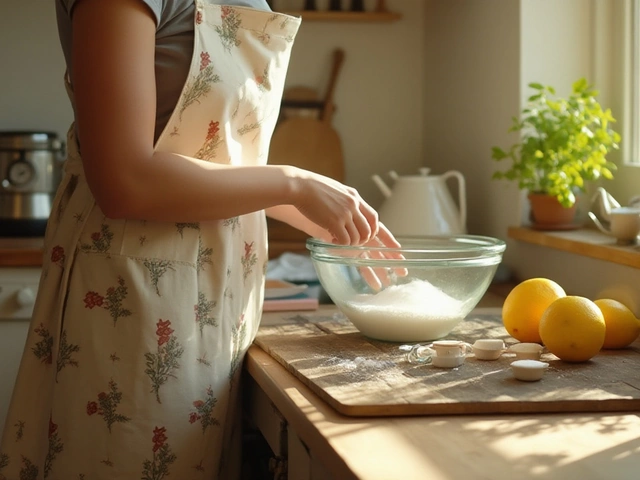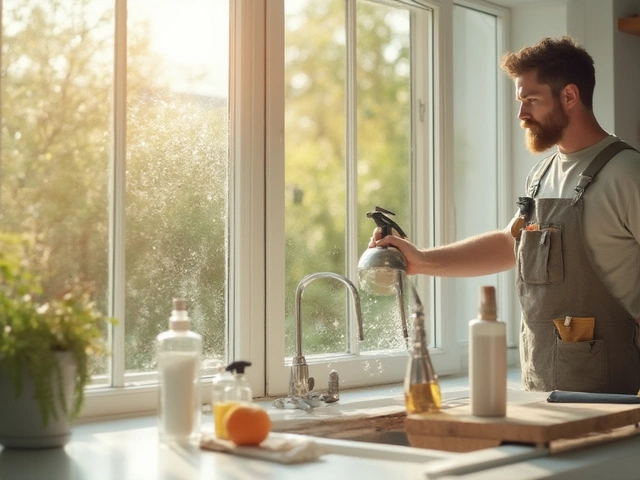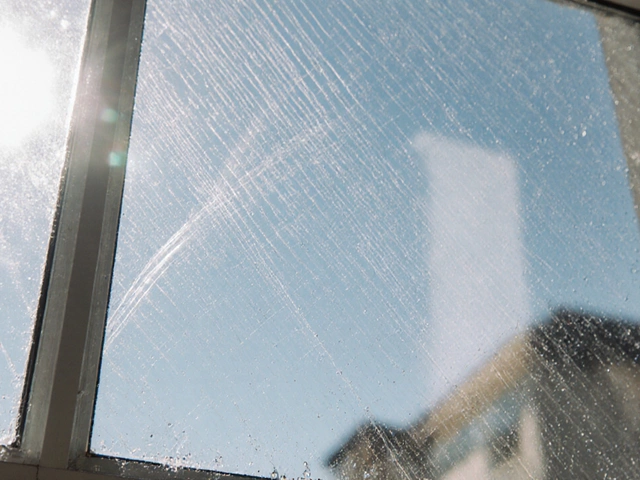Biodegradable Cleaning: Fast, Safe, and Eco‑Friendly
When you hear Biodegradable, anything that breaks down naturally without harming the planet. Also known as environmentally friendly, it powers biodegradable cleaning products, formulations that use plant‑based surfactants and enzymes and fuels the rise of eco‑friendly cleaning, methods that avoid harsh chemicals and minimise waste. If you’re after a natural oven cleaner, a mix of baking soda, vinegar, and lemon that decomposes harmlessly, you’re already in the biodegradable zone.
Why Choose Biodegradable Options?
Biodegradable cleaning products reduce environmental impact by breaking into harmless components within weeks instead of centuries. They also protect indoor air quality because they emit fewer volatile organic compounds (VOCs). For families with kids or pets, the safety factor jumps dramatically – no more worrying about lingering chemical residues on countertops or oven walls. From a cost standpoint, many homemade recipes use pantry staples, meaning you spend less on pricey commercial brands while still getting solid results.
Eco‑friendly cleaning goes hand‑in‑hand with sustainable living. It requires sourcing ingredients that are renewable, such as corn‑derived surfactants or citrus‑based solvents. The process also embraces waste reduction: refillable containers, minimal packaging, and concentrated formulas that you dilute at home. When you pair biodegradable products with proper disposal practices, you close the loop on a greener cleaning cycle.
Natural oven cleaners illustrate how biodegradable chemistry can tackle tough grease. Baking soda acts as a mild abrasive, vinegar breaks down carbonized residue, and lemon adds a fresh scent while delivering natural acids. This combo tackles burnt‑on food without scrubbing for hours, and the leftover mixture simply washes away with water, leaving no harmful runoff.
Green cleaning isn’t just a buzzword – it’s a practical toolkit. It includes reusable microfiber cloths that trap dirt better than disposable paper towels, water‑fed poles for streak‑free windows, and enzyme‑based detergents that eat away protein‑based stains. By choosing these methods, you also cut down on the micro‑plastics that end up in oceans when synthetic cleaning wipes are flushed.
Below you’ll find a curated selection of articles that dive deeper into each of these areas. From step‑by‑step DIY recipes for biodegradable oven cleaners to market‑ready guides on eco‑friendly cleaning supplies, the posts give you actionable insights you can start using today.





